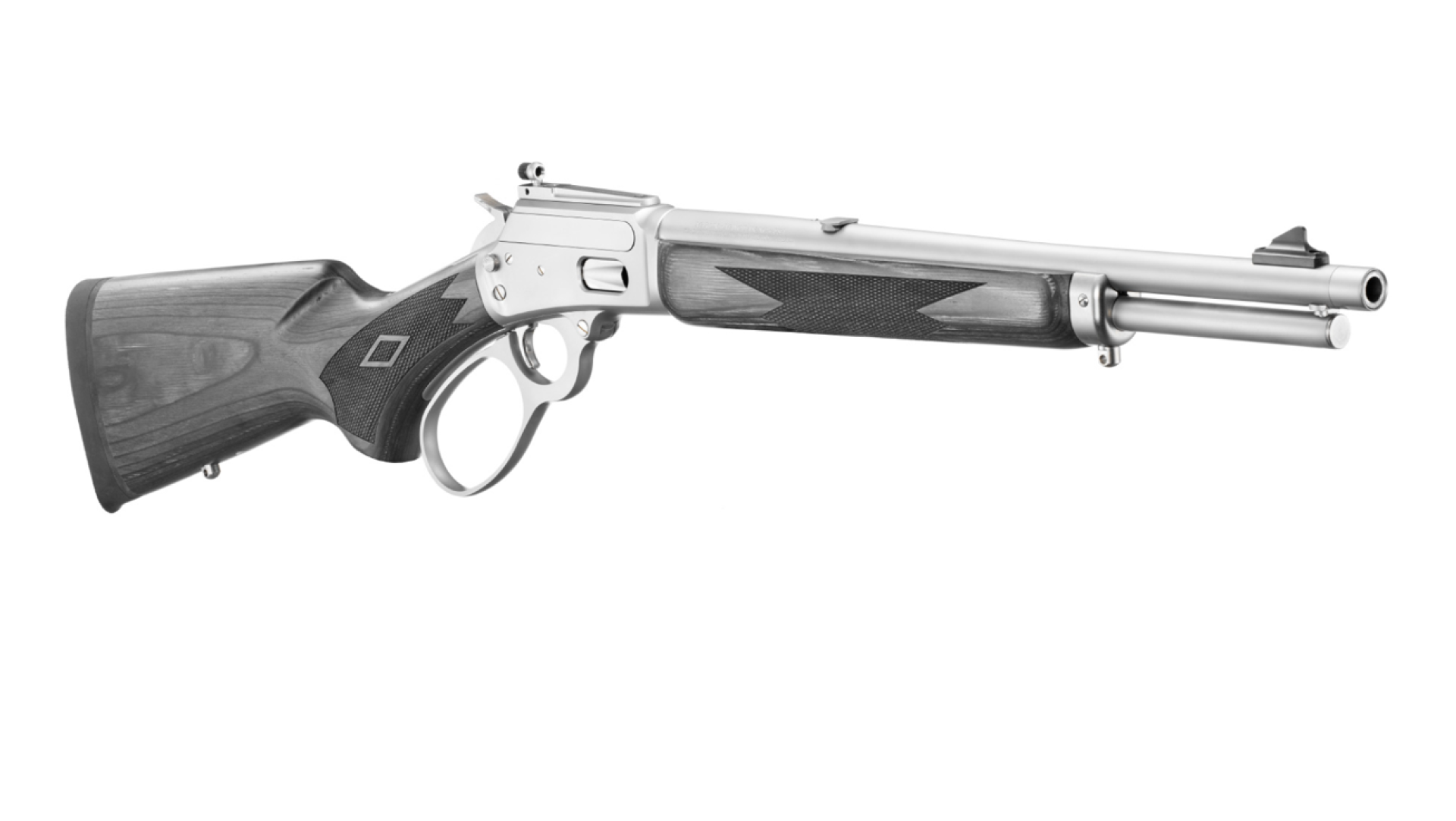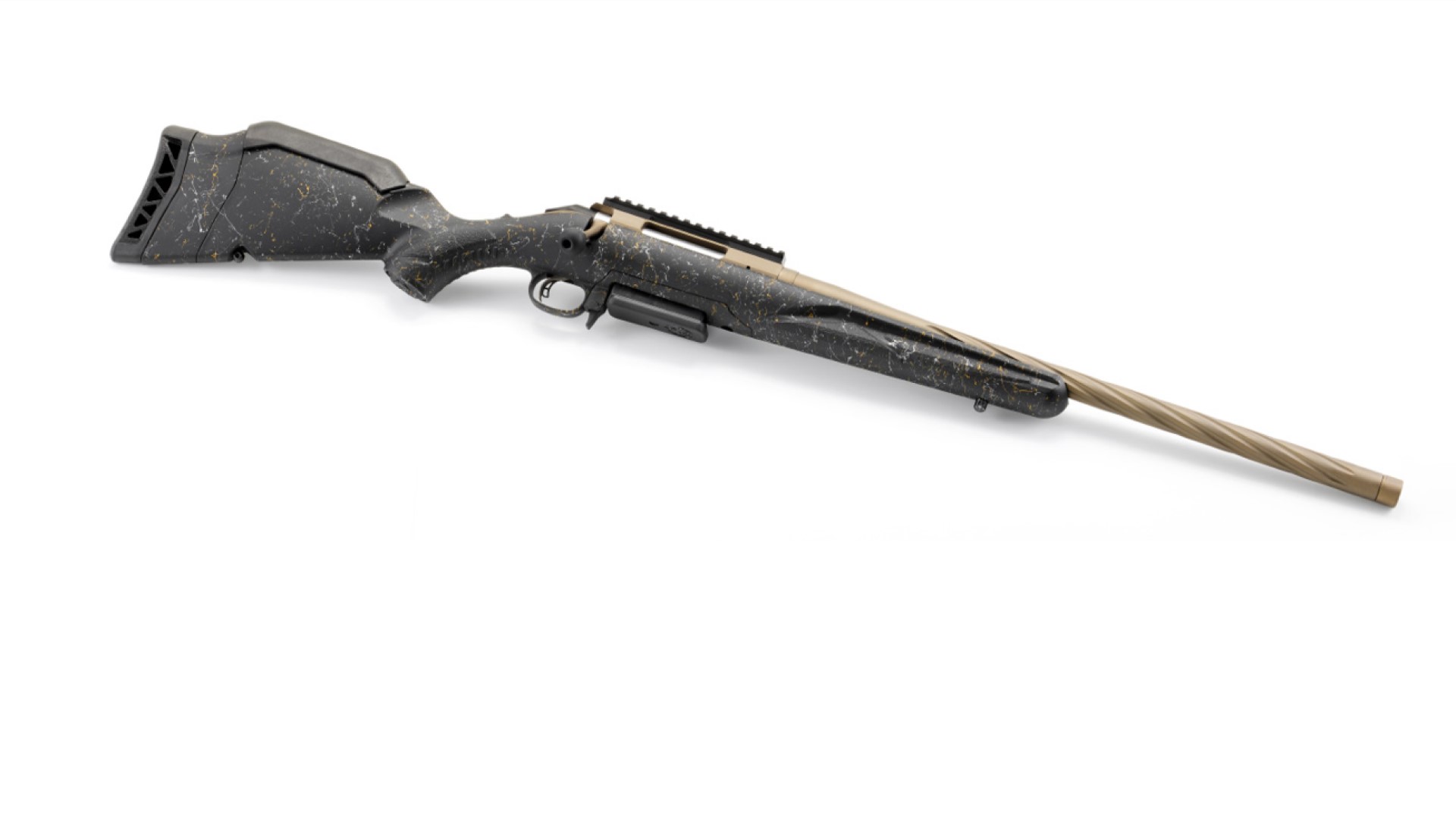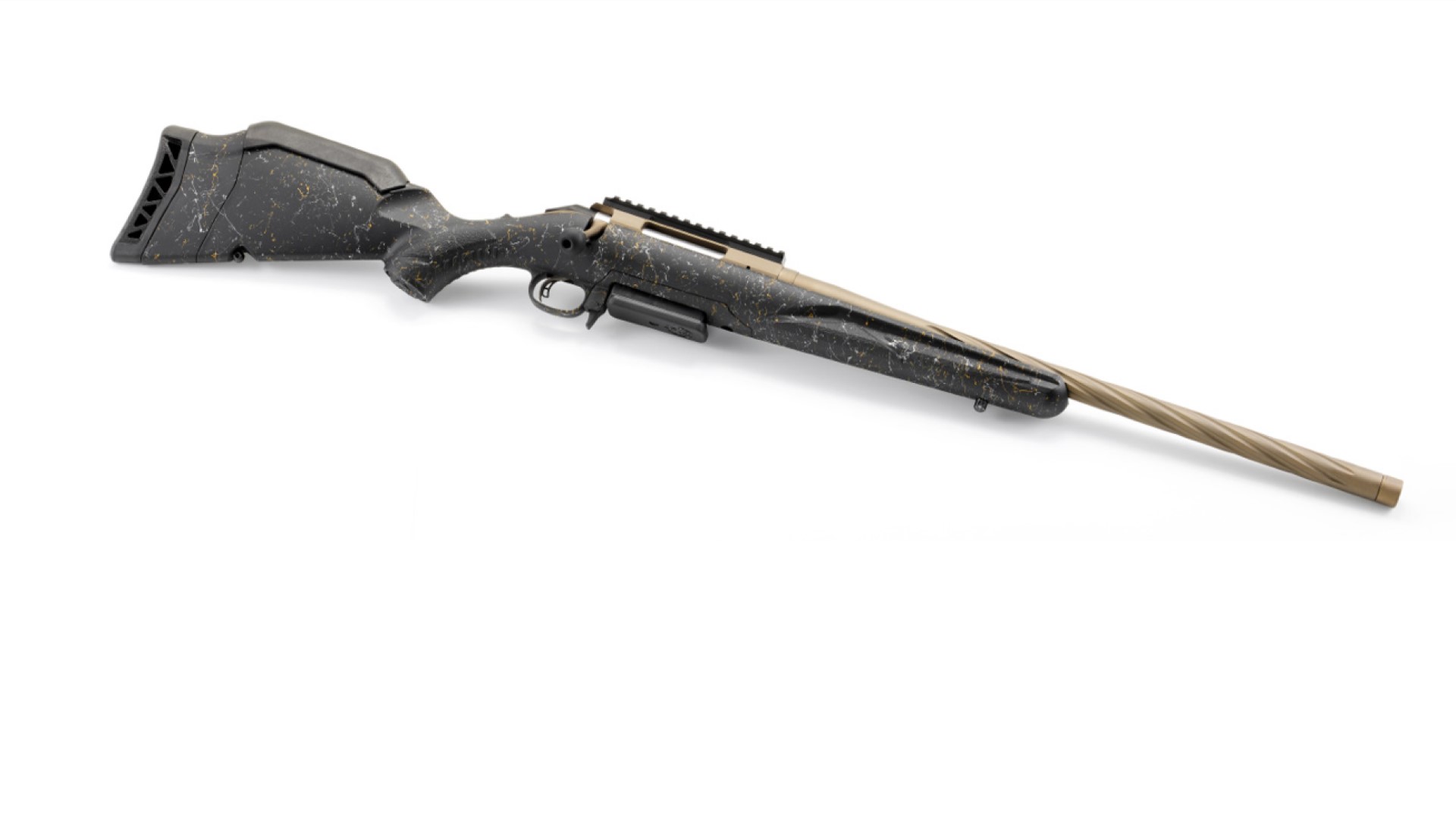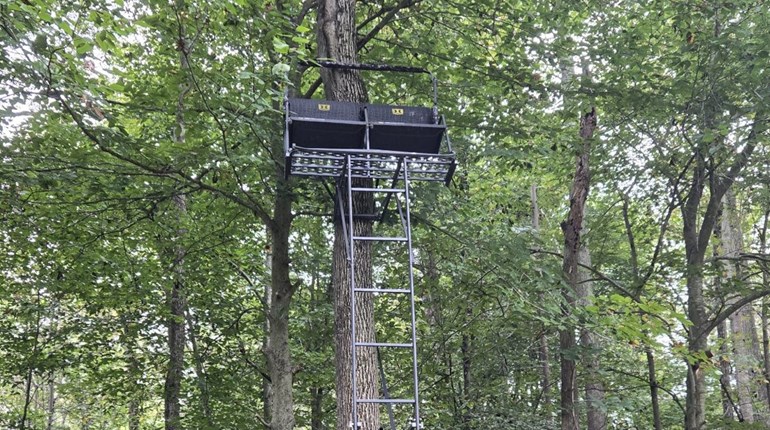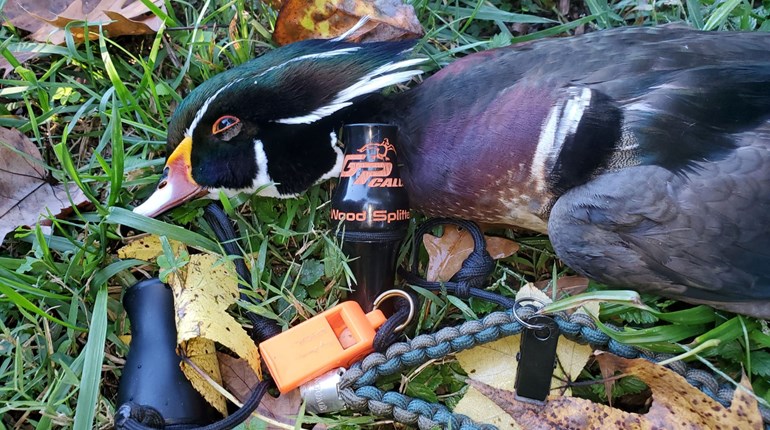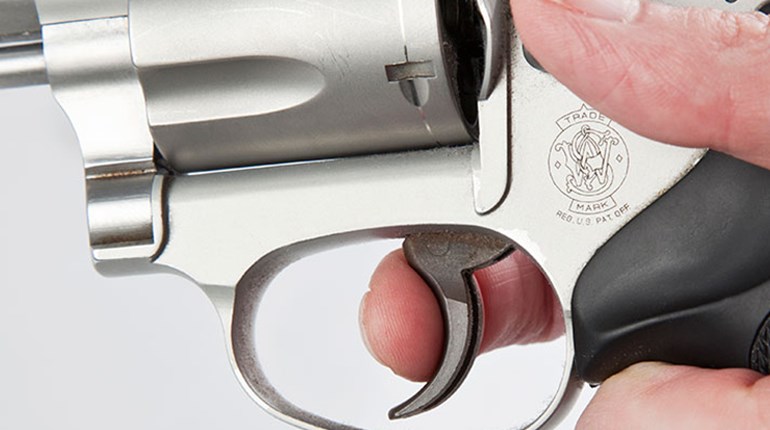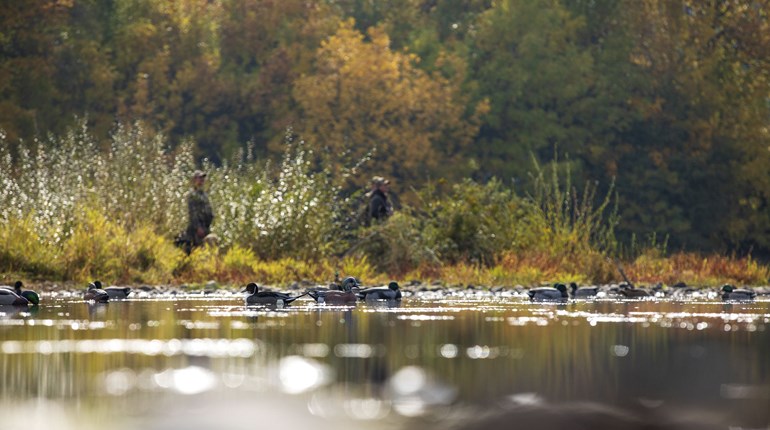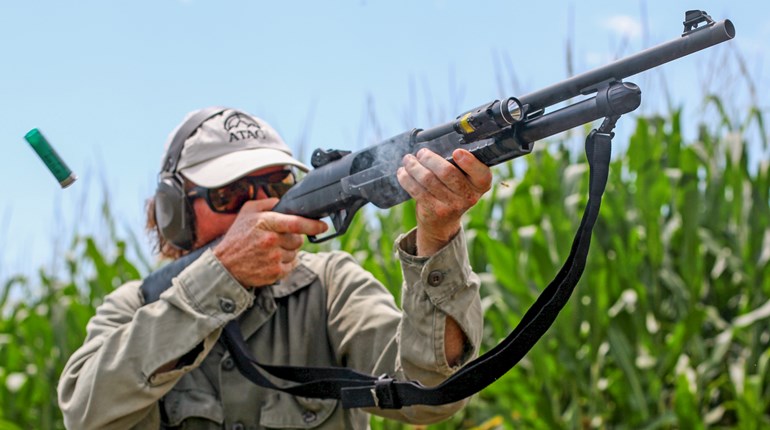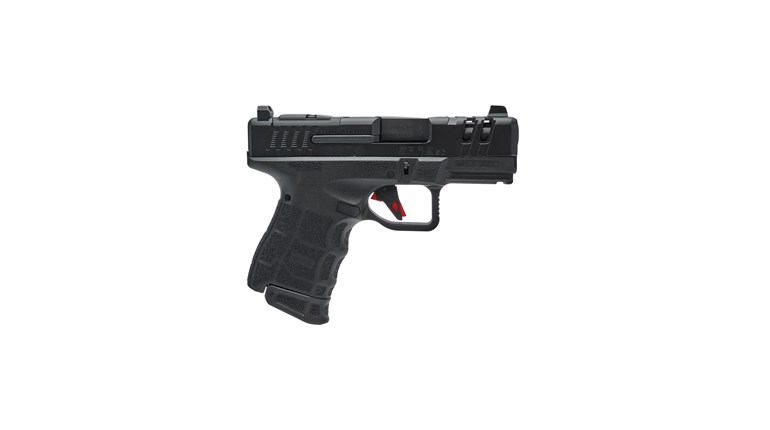
Have your shooting skills made you the target of some ribbing at the range or at hunt camp? Maybe your acceptable range while shooting game is not what you want it to be? Perhaps you just want to be a better shot. Follow these three tips to work yourself into a top-notch shooter.
Overcome the flinch.
Many shooters have flinched when shooting at some point. Some had or have a real problem with it. Often this is due to being improperly introduced to a heavily recoiling firearm. A fear from being kicked hard sticks with you! I have seen adults reduced to tears when pressed to shoot something that previously hurt them.
Sometimes people are simply handed a poorly fitted firearm and the same result occurs. That may be a youngster handed a big-gauge shotgun with heavy loads or a small-framed adult shooter using a handgun that is too big to get a handle on. Maybe, when shooting for the first time, proper hold, proper stance and proper hearing protection was not part of instruction.
Notice I mentioned proper hearing protection? As a youth outdoor club leader and a hunter education instructor, I have had the honor of introducing many people to shooting over the years. Something that has stuck with me when introducing new shooters to firearms are the two most asked questions. “How bad will it kick?” I expected that question.
Then the one I did not expect as much, which was, “How loud will this be?”
Honestly, I never thought about how loud firearms can mess with people’s minds and cause fear. A family member was struggling with shooting her blackpowder rifle. I could not figure that out since she shot her shotgun without an issue. We finally realized she was anticipating the big BOOM from the old rifle and was shutting her eyes. I started questioning other new shooters, and many admitted that the sound and concussion of the gun going off, even with ear protection, startled them at times. Good hearing protection is well worth wearing, not only to protect your ears but also to keep from jumping, flinching or anticipating the shot and creating bad habits.
So, how does one overcome such issues?
Dry-fire practice as much as you can.
Dry firing is simply “firing” the gun without live ammunition in it. First, check your owner’s manual to see if this is OK to do with your particular firearm—some rimfire guns can be damaged by dry-fire practice. If not, you’ll need to use snap caps in your firearm. Second, and we cannot emphasize this enough, BE SURE THE FIREARM IS NOT LOADED! It’s best to remove all live ammunition from the room while dry-practicing.
When dry-firing, you should focus on your target and the firearm should not move once the trigger is snapped. Your sight picture should remain on the bullseye. A lot of movement during or right after the trigger is pressed indicates a problem.
When dry-firing, aim at a very small spot on a wall and use good breathing and trigger control. Go through the motions of firing repeatedly but slowly. It would be a good idea to have a veteran shooter observe your form at first to ensure you are not ingraining bad habits. Some dry-firing sessions each day will do wonders to overcoming the flinch.
Shoot small calibers.
Another great way to overcome anticipating the shot or flinching is to go back to shooting small calibers or even pellet rifles. Shooting something without recoil or loud noise will make shooting enjoyable again, and reinforce those good habits. You can build up your confidence by using pellet rifles or .22 rifles (at least it is not as expensive to shoot these firearms). Work your way back up to the firearm that was giving you some trouble.
Practice more. Yes, more than that.
This tip goes perfectly with the previous tip of shooting smaller calibers. Shoot those calibers that are enjoyable and shoot often. When my shooting skills were a bit rusty at longer range and practicing with big bore was not cost effective for dozens of shots, I started with a .22 rifle that I loved and put my targets out at 120-150 yards.
That is outside of the consistently accurate range of most standard, out of the box .22 rifles, but I had a lot of fun shooting hundreds of rounds trying to hit empty shotgun hulls, golf balls and other small objects at those ranges. I started out on paper so I could dial in my scope the best I could at those ranges and then I began competing with myself to see how many shots it would take to hit very small objects. After a few sessions of that, I shot a few rounds from the big bore and found my accuracy was much, much better than it had been.
If you find yourself flinching, anticipating the shot or just not comfortable shooting a particular firearm, give these three tips a try and watch your accuracy improve.








